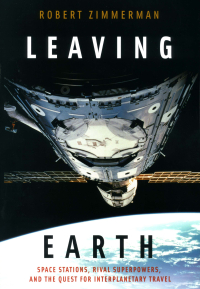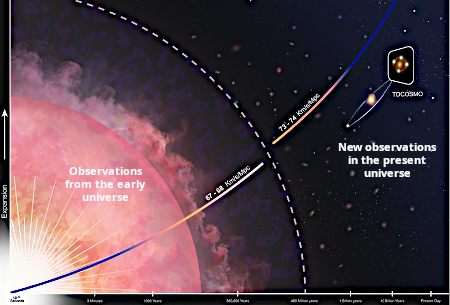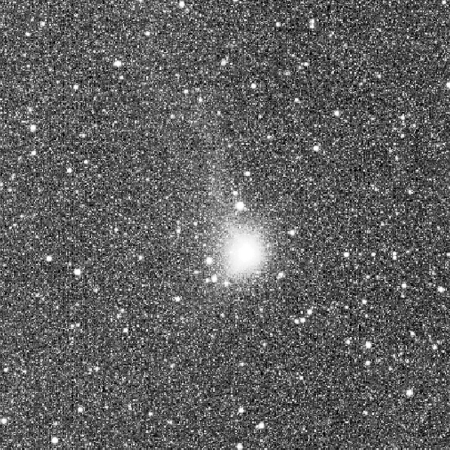December 8, 2025 Quick space links
Courtesy of BtB’s stringer Jay. This post is also an open thread. I welcome my readers to post any comments or additional links relating to any space issues, even if unrelated to the links below.
- Chinese pseudo-company Interstellor touts on-going assembly of test article for its New Shepard copycat suborbital capsule
The test article will be used for an upcoming drop test.
- China’s Manned Space Engineering Office (CMSEO) last week appointed what it called “quality supervision representatives” for its manned program
From the google translation of the press announcement, these appointees appear to be systems engineers independent of the projects’ themselves, assigned the task of maintaining proper quality control over the work being done.
- On this day in 1972, Apollo 17 launched, the last Apollo Moon mission
The astronauts were Gene Cernan, Ron Evans, and Harrison Schmitt. They landed in a 4.5-mile-wide valley between 2-mile-high mountains in the Taurus-Littrow region.
- On this day in 1985, NASA transferred title of the engineering test space shuttle Enterprise to the Air & Space Museum
It was on display at the Udvar-Hazy Center from 2003 until 2012, then moved to the Intrepid Museum in New York when the shuttle Discovery replaced it.
- On this day in 1995 Galileo arrived at Jupiter, the first spacecraft to orbit the planet
Because its high gain antenna never unfolded, the data stream from the spacecraft was severely limited. Despite this, Galileo did provide us a good first look at Jupiter’s main moons and their strange unexpected surfaces.
Courtesy of BtB’s stringer Jay. This post is also an open thread. I welcome my readers to post any comments or additional links relating to any space issues, even if unrelated to the links below.
- Chinese pseudo-company Interstellor touts on-going assembly of test article for its New Shepard copycat suborbital capsule
The test article will be used for an upcoming drop test.
- China’s Manned Space Engineering Office (CMSEO) last week appointed what it called “quality supervision representatives” for its manned program
From the google translation of the press announcement, these appointees appear to be systems engineers independent of the projects’ themselves, assigned the task of maintaining proper quality control over the work being done.
- On this day in 1972, Apollo 17 launched, the last Apollo Moon mission
The astronauts were Gene Cernan, Ron Evans, and Harrison Schmitt. They landed in a 4.5-mile-wide valley between 2-mile-high mountains in the Taurus-Littrow region.
- On this day in 1985, NASA transferred title of the engineering test space shuttle Enterprise to the Air & Space Museum
It was on display at the Udvar-Hazy Center from 2003 until 2012, then moved to the Intrepid Museum in New York when the shuttle Discovery replaced it.
- On this day in 1995 Galileo arrived at Jupiter, the first spacecraft to orbit the planet
Because its high gain antenna never unfolded, the data stream from the spacecraft was severely limited. Despite this, Galileo did provide us a good first look at Jupiter’s main moons and their strange unexpected surfaces.
















